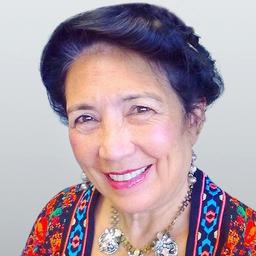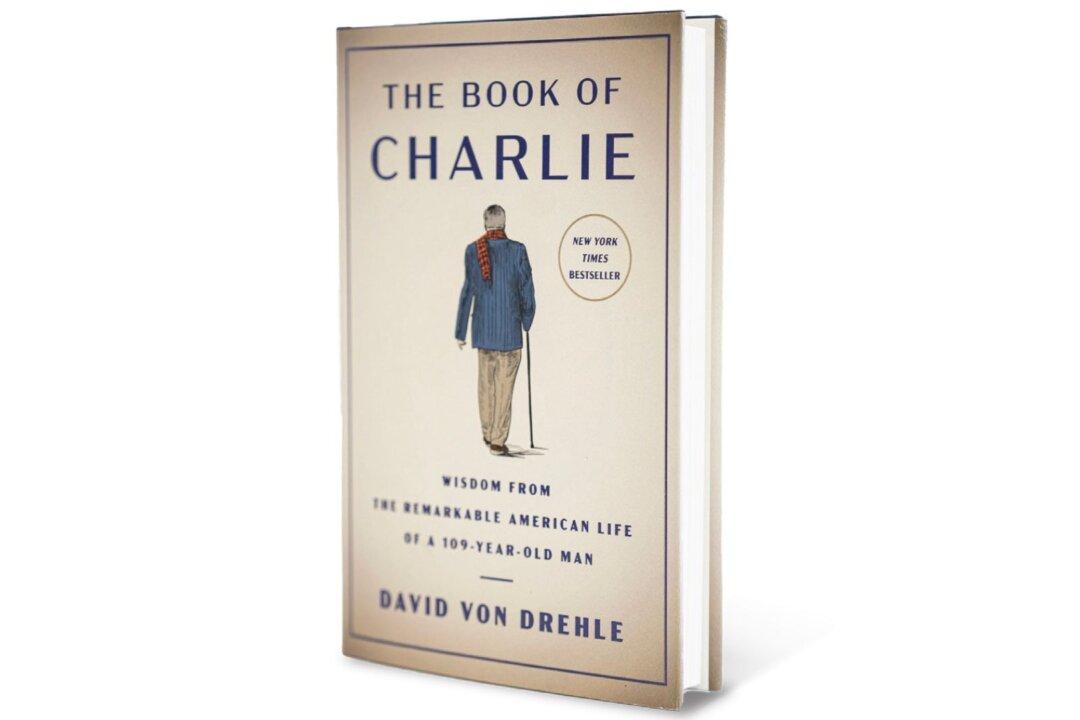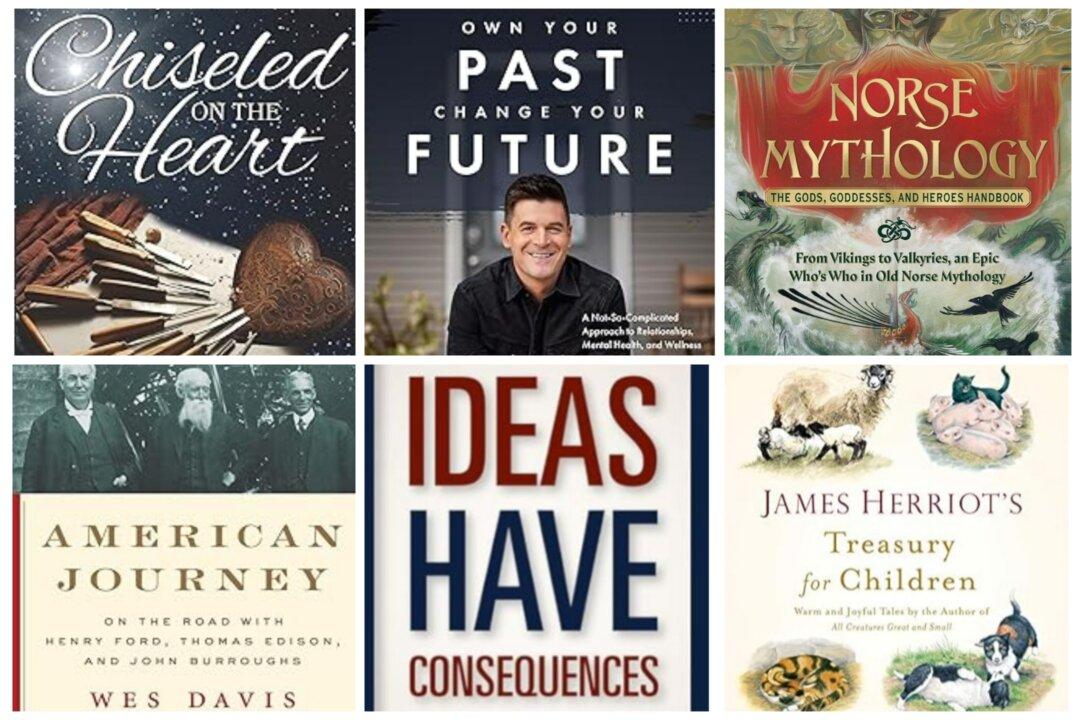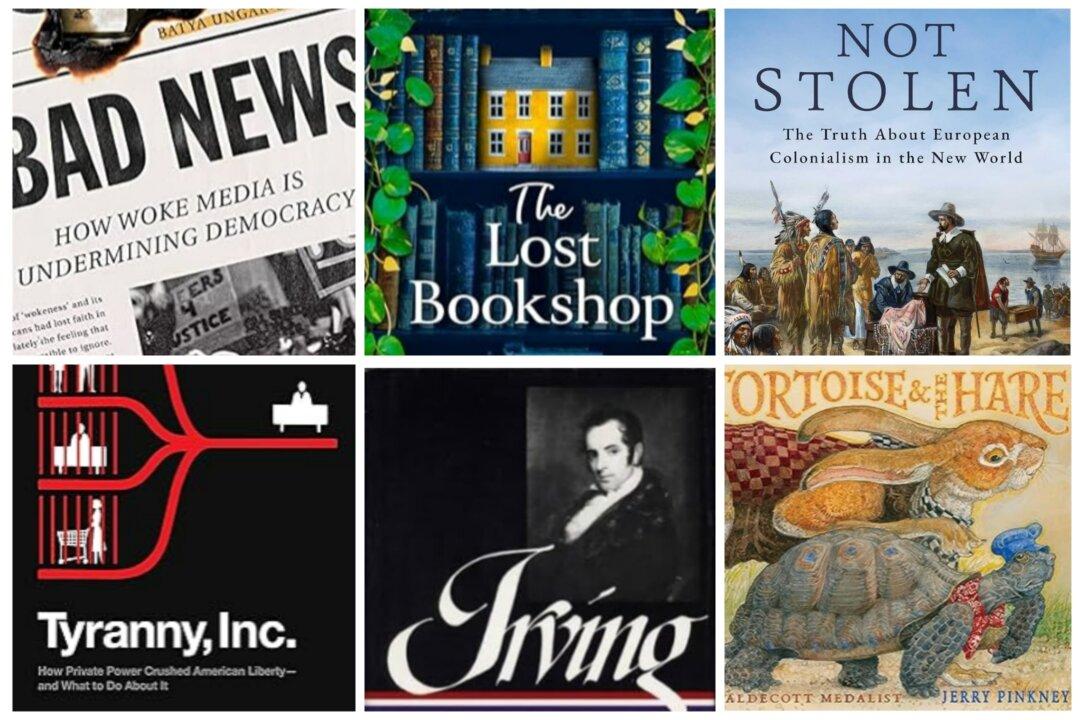When I was growing up, one of my favorite magazines to grace our living room coffee table was the National Geographic. When that recognizable, golden-yellow bordered publication arrived, I was lured to look inside.
Designed and produced as a slim, tight volume with a rigid edge, these magazines begged to be saved, which my father dutifully did for decades in built-in bookcases next to the fireplace. The rows of yellow grew over the years affording me countless opportunities to cull them for history, science or geography school projects. No worries; I never took scissors to the richly produced photographs.






